Decoding Caravan Lingo
Are you just starting your caravanning journey and feel a bit overwhelmed by all the confusing terms and jargon? Don’t worry, here at Caravan HQ, we’ve got your back. We’ve put together a comprehensive list that will help you decode caravan speak.
Let’s start with understanding caravan weights.
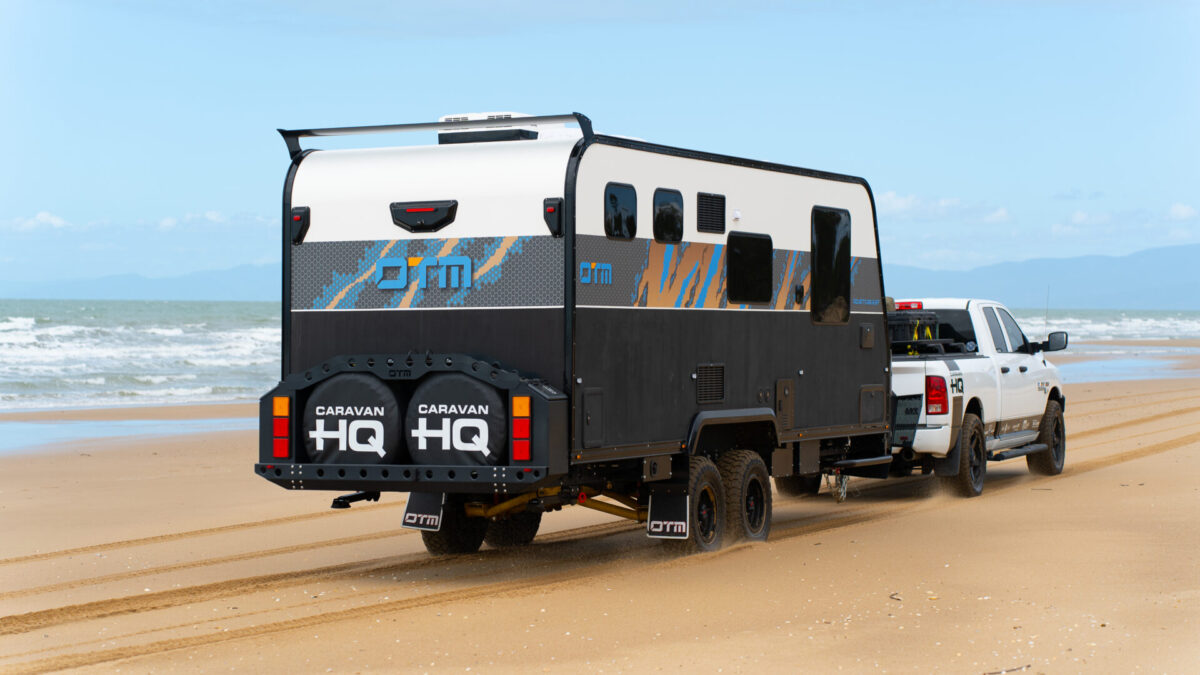
Aggregate Trailer Mass (ATM)
Aggregate Trailer Mass (ATM) is the maximum allowable weight of a fully loaded trailer, as determined by the manufacturer. This includes not only the base weight of the caravan but also any accessories or options fitted by the manufacturer and any personal belongings, water, or other items loaded into the caravan before towing.
Gross Combination Mass (GCM)
Gross Combination Mass (GCM) is the total weight of both the vehicle and its caravan when fully loaded. In simpler terms, it represents the maximum weight that a towing vehicle and its attached caravan can have together without compromising safety and performance.
Gross Trailer Mass (GTM)
Gross Trailer Mass (GTM) is the maximum weight of a fully loaded trailer as determined by the manufacturer. It includes the weight supported by the trailer’s wheels, which is the total mass that can be safely carried by the trailer’s axle or axles. Unlike Aggregate Trailer Mass (ATM), GTM does not include a portion of the weight carried by the Tow Ball.
Gross Vehicle Mass (GVM)
Gross Vehicle Mass (GVM), refers to the maximum weight a vehicle can carry, including its own mass. This includes the weight of the vehicle itself, passengers, fuel, and any cargo.
Payload
Payload refers to the maximum weight capacity a vehicle can carry safely, including passengers, cargo and any additional loads. It is the difference between the vehicle’s Gross Vehicle Mass (GVM) and its Tare Mass (empty weight). It represents the total weight of the items, goods or passengers that can be added into the vehicle without exceeding its designated weight limits.
Tare
Tare refers to the weight of a vehicle when it is empty or unladen, without any load, passengers, or additional cargo. It serves as a baseline measurement for calculating payload capacity and ensuring that the vehicle is loaded within its specified weight limits.
Tow Ball Mass
Tow Ball Mass, also known as hitch weight, is the downward force exerted on the tow ball by the caravan or trailer when it is hitched to a tow vehicle. It’s an important factor in ensuring proper weight distribution for safe and stable towing conditions. It helps prevent issues such as swaying or fishtailing and contributes to overall towing performance and safety.
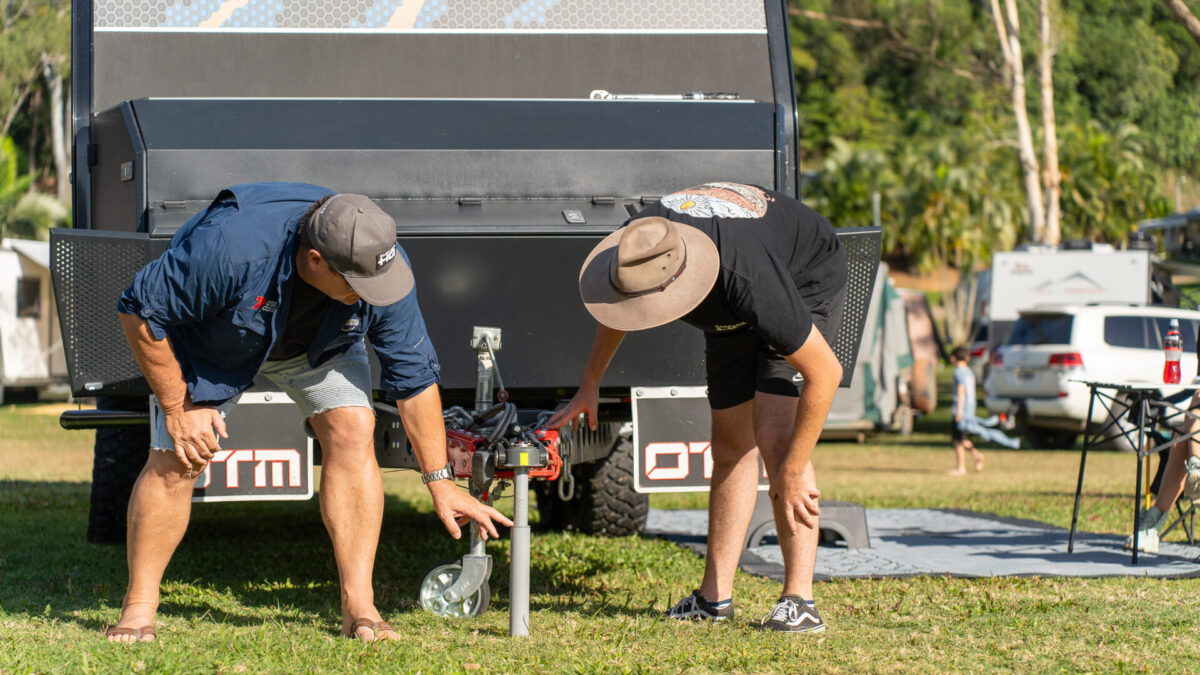
OTHER DEFINITIONS YOU MIGHT SEE
12v
12-volt systems are powered from an onboard battery. The 12v system runs everything that uses low wattage, allowing you to keep your lights on and still use your water pump.
240v
240 volt refers to a system or device that operates on a voltage of 240 volts. It is often used when the caravan is connected to a mains power supply at a caravan park or campground, allowing travellers to use appliances and devices designed for higher voltage like kitchen appliances and air conditioners.
A-frame
The A-frame is a crucial part of the caravan’s structure. It supports the weight of the caravan and provides a connection point for towing.
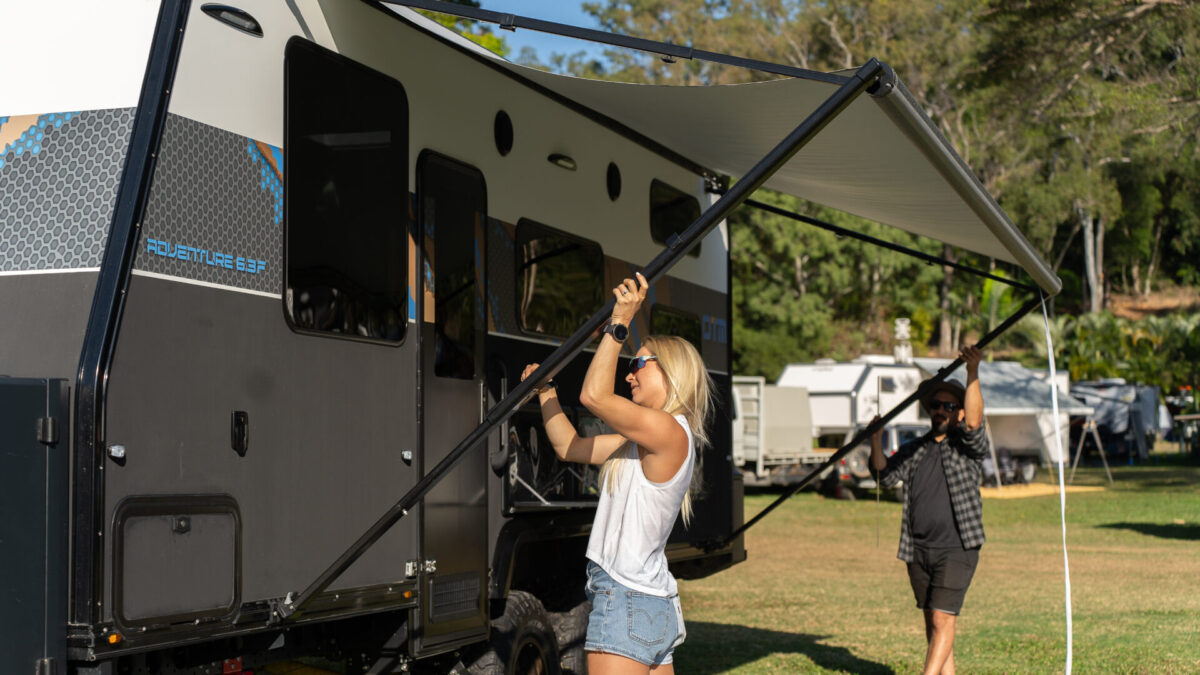
Awning
A caravan awning is a shelter or extension that can be attached to the side of a caravan, providing additional living space and protection from the elements. It typically consists of a fabric or material stretched over a lightweight frame and is secured to the caravan.
Annexe
Annexes act as an extension of your caravan and are completely enclosed – providing you with maximum privacy as well as weather protection.
Cassette toilet
A toilet built into the caravan that has a separate cassette which holds the toilet waste.
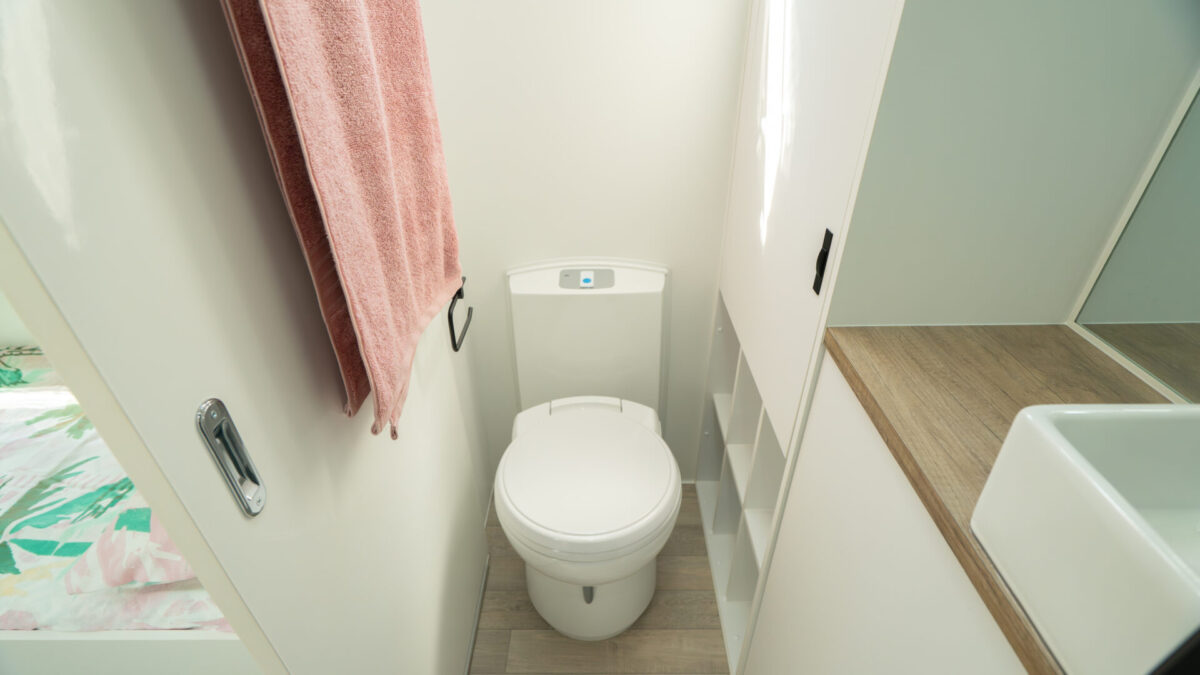
Chassis number
Your chassis number is normally made up of letters and numbers and can be found towards the top of your A-frame.
Composite construction
Composite construction in caravans involves using a blend of lightweight materials like fiberglass and foam to create a strong and durable structure. This approach offers benefits such as improved fuel efficiency, resistance to moisture and rot, and enhanced insulation properties for greater comfort in varying climates.
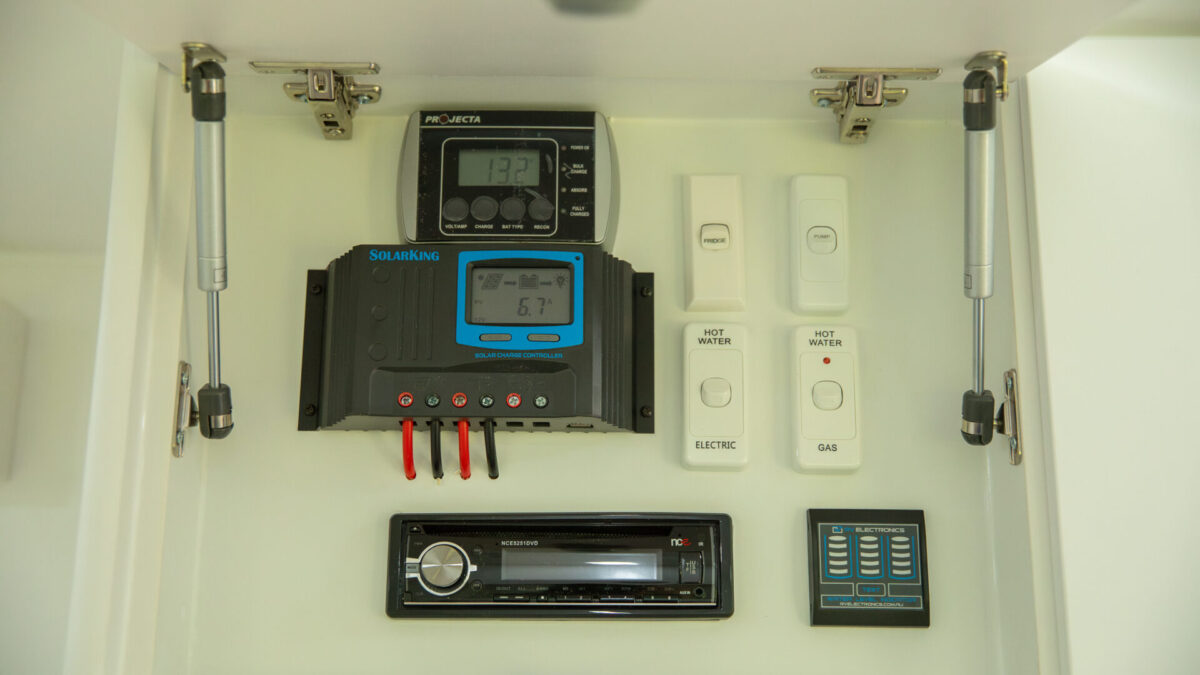
Control panels
Panels of switches inside the caravan which control features such as mains power, 12v power, water pumps, water heaters and air conditioners/heaters.
Coupling
Coupling refers to the mechanism that connects the caravan to the tow vehicle, allowing them to be towed together. The coupling ensures a secure attachment between the caravan and the tow vehicle, allowing for safe and controlled towing.
Freshwater and greywater tanks
A freshwater tank gives you access to clean water for drinking, showering, washing your hands or doing the dishes. The greywater tanks are the place where the freshwater goes after being used.
Hook-up
This refers to being “hooked up” to the mains electricity supply.
Jockey wheel
The jockey wheel holds up the front of the caravan when uncoupled from the towing vehicle. When your caravan is unhitched, jockey wheels keep it level and provide necessary stability when you’re loading.
Solar panels
Allow you to charge your batteries when camping.
Trailer sway
Trailer sway, also known as fishtailing, refers to a dangerous motion of a caravan or trailer while being towed. This motion can cause the trailer to move from side to side, leading to instability and making it difficult for the driver to control the vehicle.
UHF Radio
An ultra-high frequency radio commonly used for caravanners for communications.
VIN number
The VIN is a unique 17-character serial number used to identify a vehicle.
Water ingress
Refers to water infiltrating the body of a caravan.
